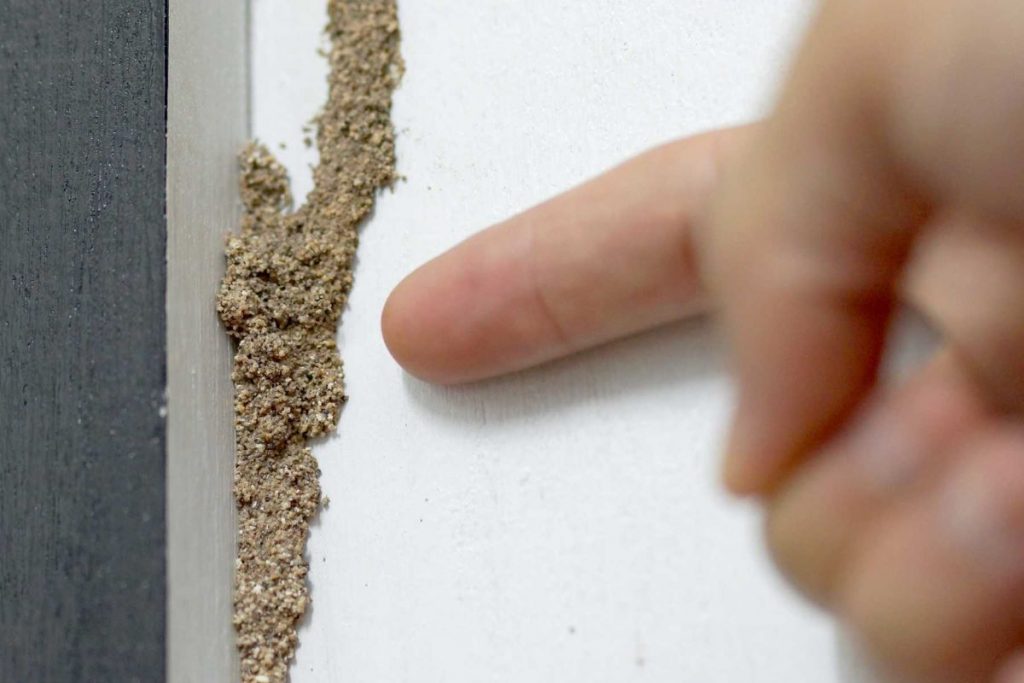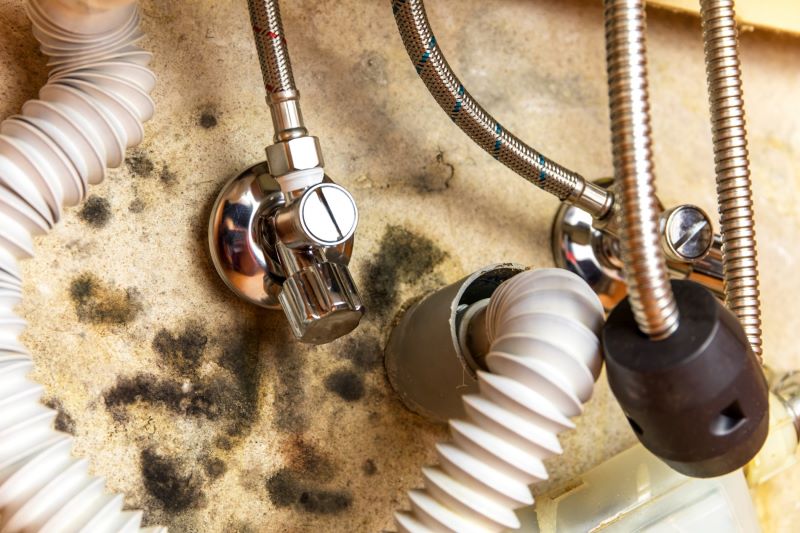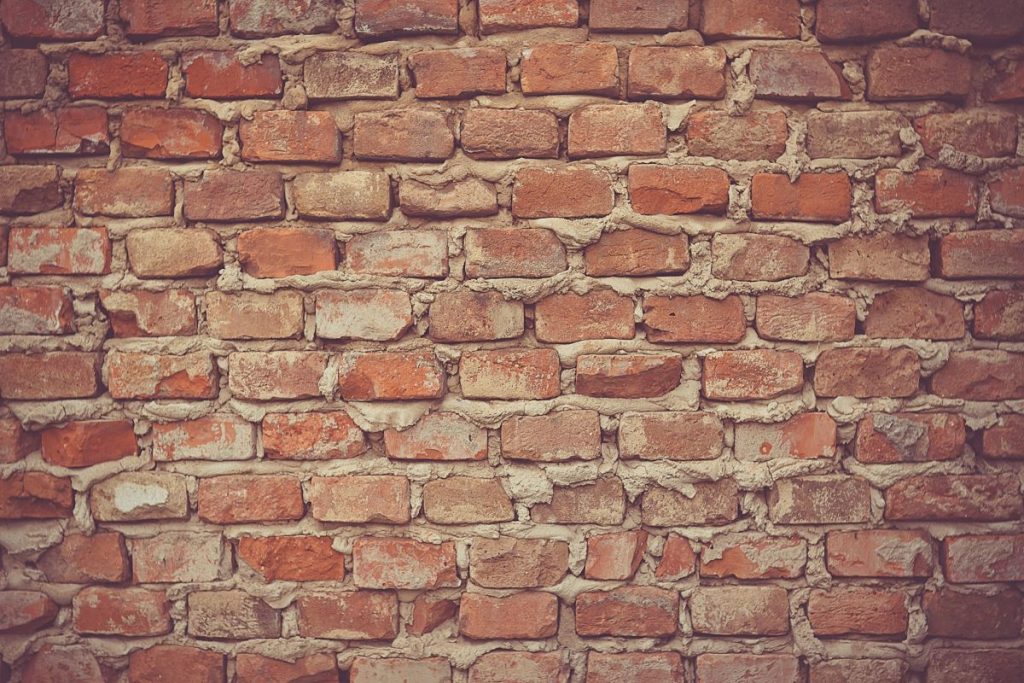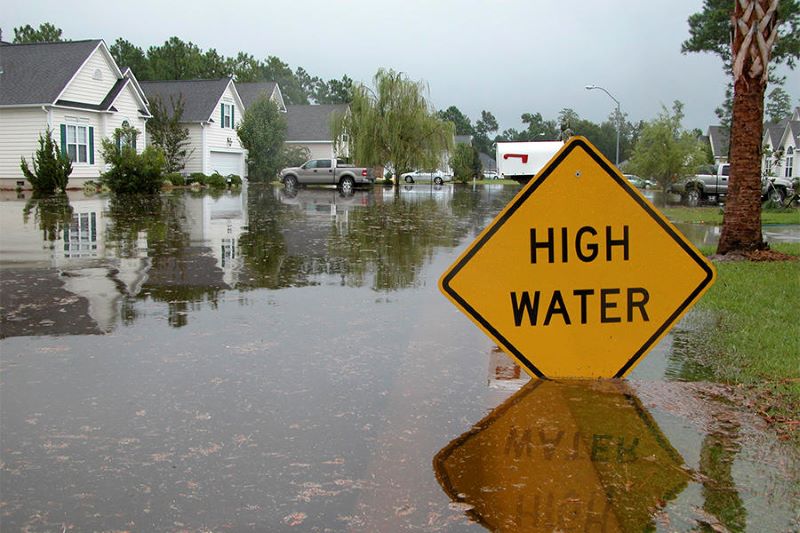Table of Contents
In the United States, around 600,000 homes are damaged by termites each year. And approximately $5 billion per year are spent in controlling and repairing the termite damage.
According to Mike Potter, an urban entomologist and a professor at the University of Kentucky, every state in the U.S., except Alaska, is susceptible to termite problems. In the Handbook on Pest Control‘s section that discusses termites, Potter categorizes the three termite groups that plague U.S. homes. There’s the group of drywood termites, which inhabit above-ground areas and are prevalent in coastal locations like Florida and Texas. Then there are subterranean termites, which are the most common type of termites that infest homes, and dampwood termites. The two latter groups inflict the most damage to buildings.
As a homeowner, you shudder while you contemplate the possibility of termite infestation. Termites are hidden pests and are normally challenging to spot when they eat away at the concealed wooden recesses of your home. However, there are ways to effectively detect them.
Here are three ways to find out if you have termites in your home.
You Discover Hollowed Wood or Sawdust
When something is tapped against hollowed wood, it is given away by its distinct sound. Suspicious areas can also be probed by a knife, hammer, or a screwdriver with a flat blade. Look for sawdust, too.
If the wooden surface is painted and you see tiny bubbles in the paint, those bubbles may mean that pests are eating the insides of the wood.
The more widespread subterranean termites do not live inside the wood they’ve eaten away and hollowed out. Their colony is built under the ground. The wood only serves as their source of food. Thus, do not limit your search to the exposed wooden surfaces in your home.
You See Wings
If you notice wings but no termites, then that means your place has been recently swarmed. Termites shed their wings. Those wings are developed and used by reproductive termites when they leave a colony.
You See Mud and Clumps of Dirt
Termites collect tiny clumps of dirt and mud, which they mix with feces in order to produce a glue-like substance. Termite tubes are formed when the gluey material is used to seal the holes the pests make when they eat away the wood. If you discover telltale traces of mud and dirt, then that will lead you to the termite colony.
Be thorough when you search for the aforementioned common signs of termite activity. Do not stick to examining only the easy-to-reach areas of your home. Some usual points of termite penetration include cracks and gaps where your home’s structure joins its foundation, as well as weak spots, such as plumbing’s sites of entry, the concrete foundation’s settlement crevices, and doors near crawl spaces. Don’t forget to also check under or around any woodpile and crawl spaces. Look for termites, wings, and balls of dirt or mud patches in those areas. Early detection is important if you want to prevent extensive termite damage.








